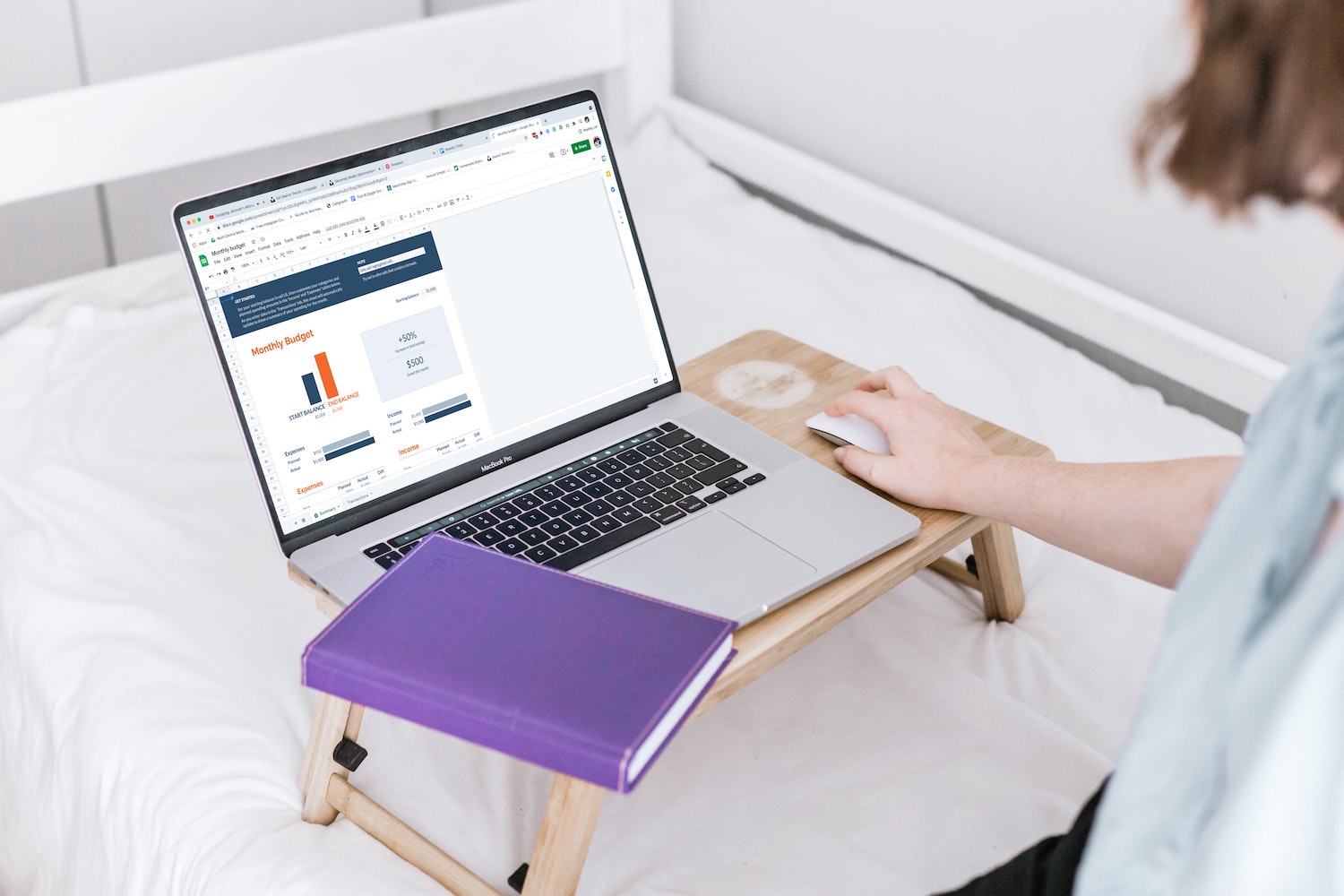Open to access this content
Archives: Programs
Special Coaching Spotlight: Small Group Coaching Preview September 24 at 9 am EST
Open to access this content
Special Coaching Spotlight: Small Group Coaching Preview September 18 at 2:30 pm EST
Open to access this content
Special Coaching Spotlight: Small Group Coaching Previews September 25 at 5 pm EST
Open to access this content






